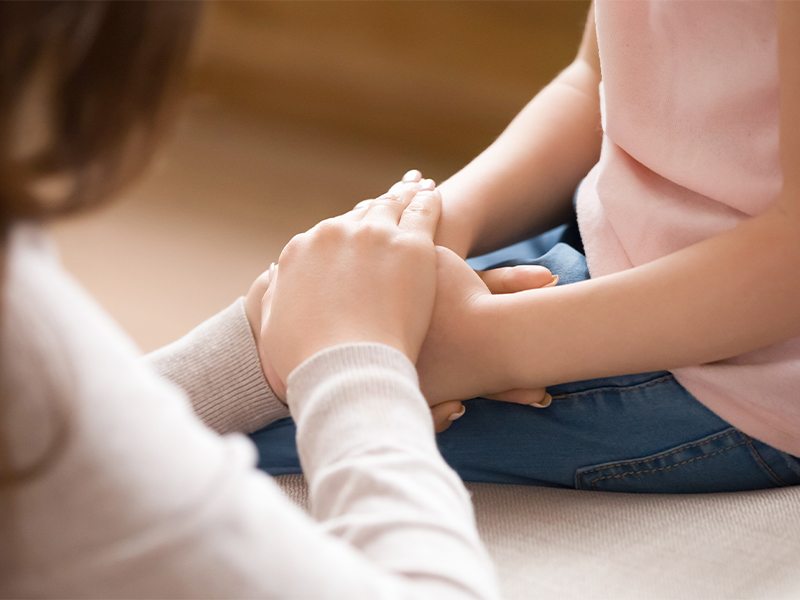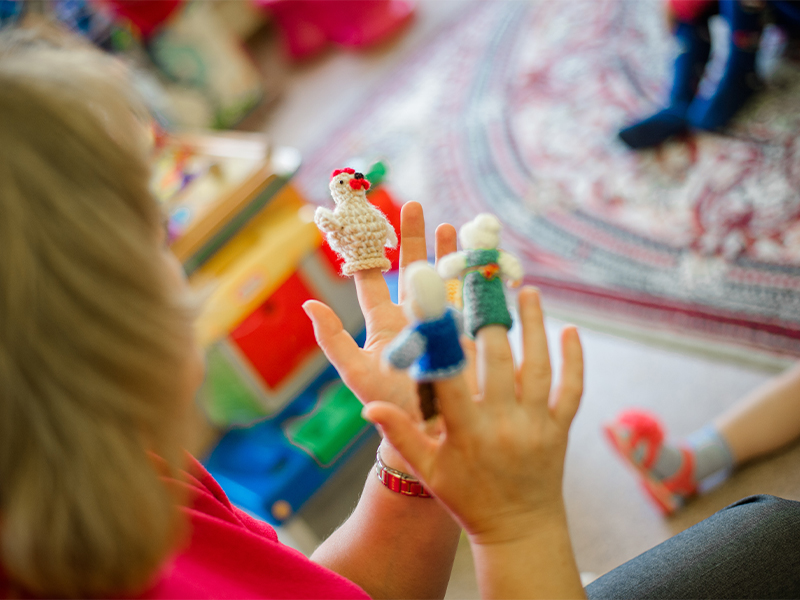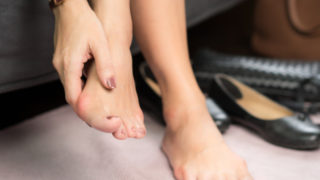Whether you’re overwhelmed by your child’s aggression or noticing signs of academic struggles, SACAC Counselling can help. Among the oldest mental health providers for psychotherapy in Singapore, it has offered counselling to children, teens, adults and families for 50 years. Here, the team shares more about its holistic, multidisciplinary approach and why play therapy can be particularly helpful for children.
What types of mental health services do you provide for children and teens?
We provide support to children, teens and families using a range of psychotherapy modalities – including Cognitive Behaviour Therapy (CBT), Acceptance and Commitment Therapy (ACT), Mindfulness, Dialectical Behaviour Therapies (DBT), art therapy and play therapy techniques – to address social-emotional, psychological, physical and academic challenges. Our therapists are highly trained, have at least five years of experience and regularly undergo further training to ensure that they are up to date with the latest techniques.
While all team members have their own specialties and approaches, they are all committed to helping clients cope with life challenges. They work collaboratively to provide complete mental health support.

Can you share more about this collaborative approach?
We are firm believers that “it takes a village to raise a child”. Therefore, we aim to collaborate with everyone involved in the care of your child for effective therapeutic healing. This may include family members, mentors, teachers and any other relevant people in the child’s upbringing.
There is enough research to suggest that the outcome of therapy is different when parents are involved. Therefore, we always encourage that as much as possible.
What are some common challenges young clients are coming to you with?
We’re seeing a lot of cases that involve lack of focus or motivation, school refusal, self-harm, stress and anxiety, eating disorders and addictions – both behavioural and substance-based. Our skilled team is also equipped at helping young patients with identity issues, trauma, grief and loss, depression, low self-esteem, interpersonal and social issues, tantrums and aggression, learning disorders, ADHD, dyslexia and Autism Spectrum Disorder.
How young are your littlest patients?
Our counsellors work with kids as young as two years old. This sometimes raises eyebrows, as some schools of thought do not believe in labelling and diagnosing children before the age of six. However, some signs of behavioural and emotional issues start appearing that early, but are often brushed aside as “just a phase”.
While we do wait until children are six years of age for a formal diagnosis for issues like ADHD and ASD, even though symptoms are visible much earlier on, working with patients as young as two allows for an issue to be addressed before it affects development stages and impacts functioning. This means that the child gets the support they need earlier, even if it’s indirect support through the parents. Our team of clinical and educational psychologists believes in the concept of “early intervention” while working with children.
How does psychotherapy work with patients so young?
We use a mixture of verbal and non-verbal techniques while working with kids, teens and adolescents. Expressive therapies can be especially valuable, as many children do not have the skills to understand and process their emotions. The SACAC Counselling team is skilled in using a range of expressive techniques. This includes art, sand, music, movement and play therapy. These engage the child at precognitive levels and help overcome the barrier of language to connect with them.
All psychotherapy sessions are conducted in a child-friendly environment. We use tools that enable the kids irrespective of ages to work through their challenges.
SACAC Counselling
#09-04 Thong Teck Building, 15 Scotts Road
6733 9249 | sacac.sg
This article first appeared in the February 2023 edition of Expat Living. You can purchase the latest issue or subscribe, so you never miss a copy!
To make the most of living in Singapore, read our latest City Guide here for free!




